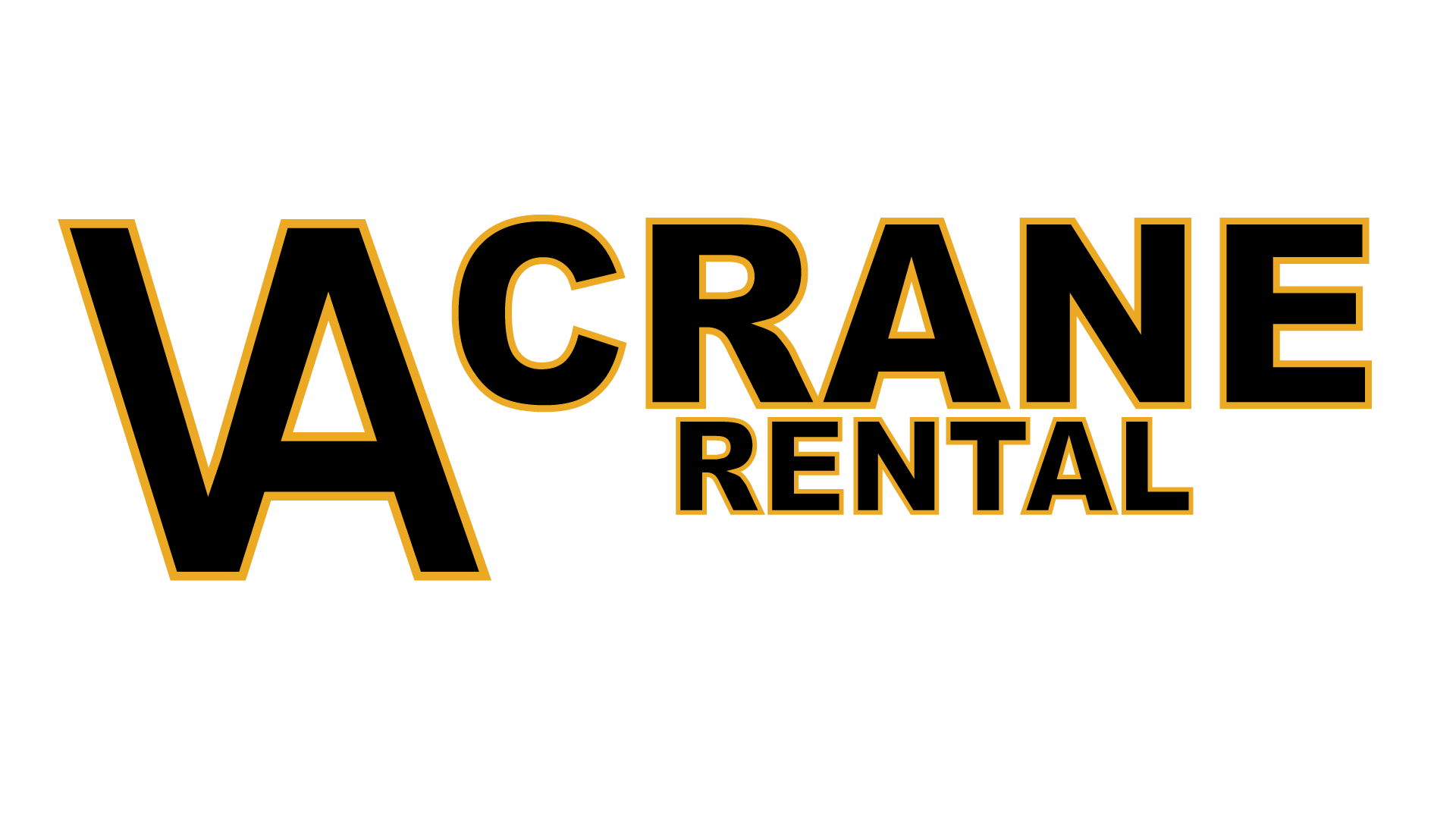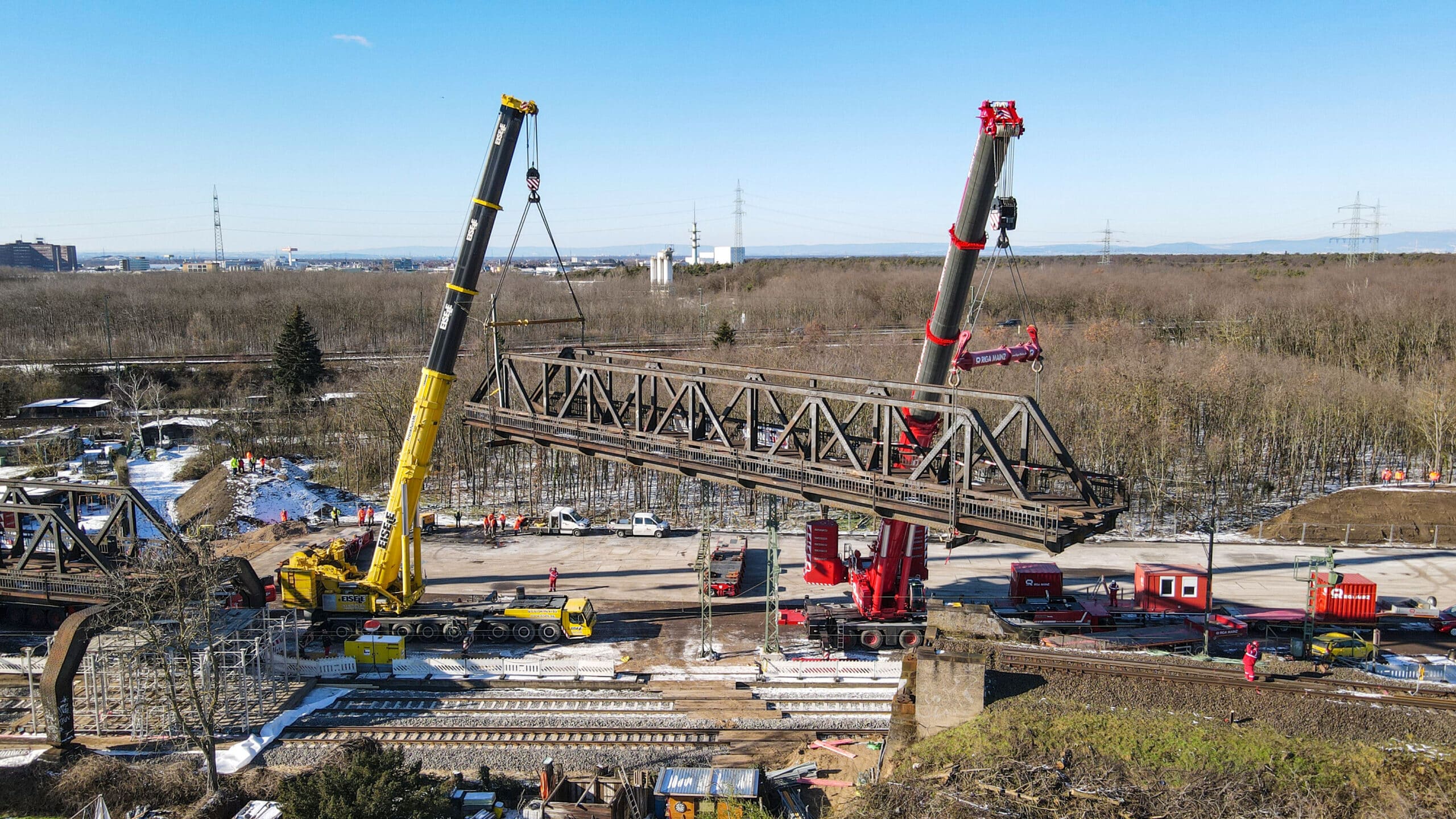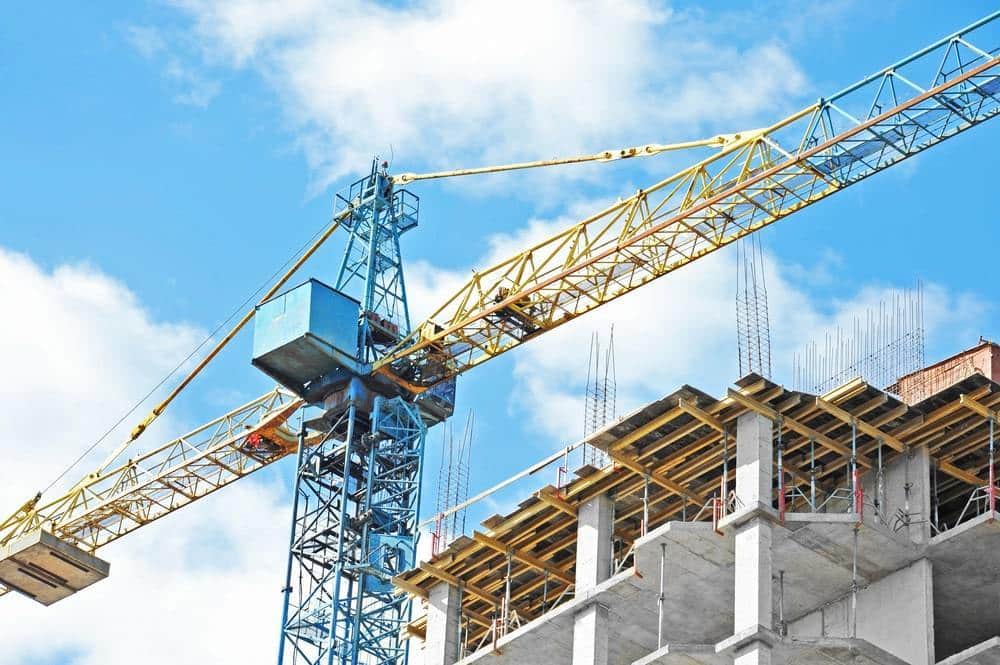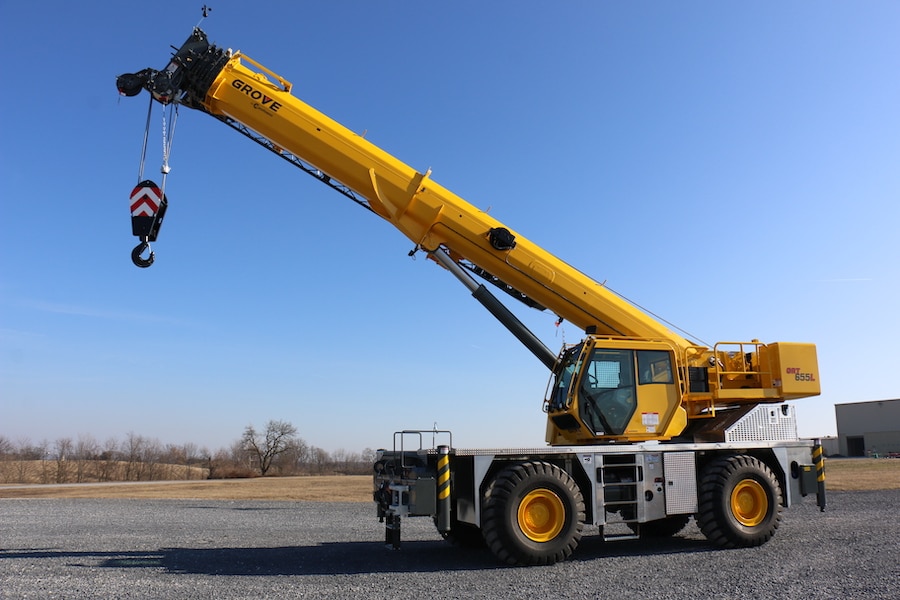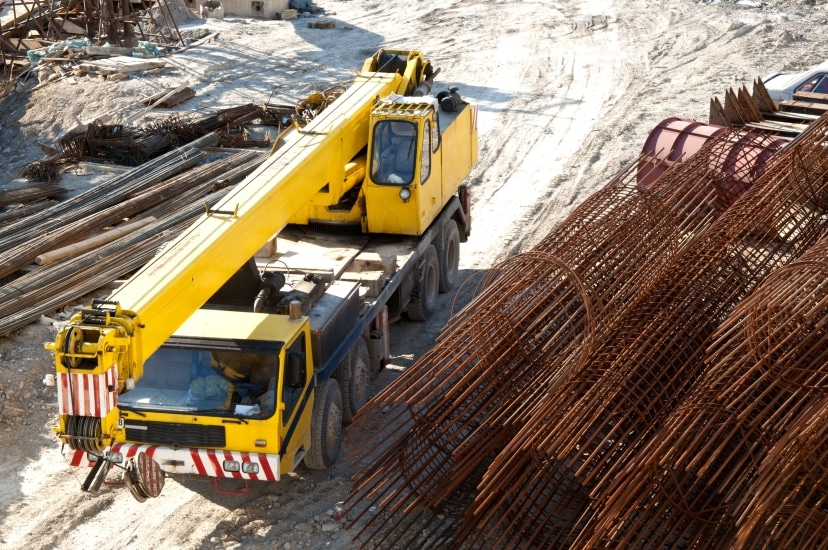To plan a lift, you must know the weight of the load you will be lifting. Unfortunately, this value is often either poorly known or poorly conveyed. Not even, crane truck rentals know about this most of the time.
When given the lift requirements, an accurate weight must be provided. Weight measurements can be done by using either direct measurements or a scale. In both cases, it is crucial to ensure that the scale’s readings are correct and consistent.
Avoid Misunderstanding
You may think that because we’re talking about weight accuracy, you only need to worry about it during the lift. But in fact, it’s essential that all of your measurements be accurate and written down to avoid misunderstandings that could cause problems later.
To carry out your jobs safely and effectively, you must ensure that you use the right equipment. A crane’s weight limit is one of the first things that must be checked before it can be used.
Crane’s Weight
It is essential to know the weight that needs to be lifted by the crane. The crane’s weight determines where it can be placed in an environment and how heavy it can lift. When planning a lift, certain factors are considered, such as height and width of the load, distance from ground level, type of load and weight etc.
Weight accuracy is vital for any lift planning as any mistake can result in damaged equipment and goods or, worse, cause injuries to workers on site. The weight must be known before lifting, so the lifting process goes smoothly.
Weight accuracy is essential in any lifting plan. Knowing what kind of weight, you are lifting and how much it weighs is vital.
Operational Weight And Shipping Weight
Operational weight is the weight of the equipment chains or wires on the machine. This is usually one of the more critical weights to be accurate with because it will directly affect how much force is exerted by the crane or lift. VA Crane Rental provide with the strongest cranes.
Shipping weight refers to a load of goods being lifted. This can also be dangerous if not handled correctly; lifting too much weight at one time may cause damage to your lift or even cause injury to yourself and those around you.
To prevent this, use a weight scale that accurately measures operational and shipping weights so the net weight can be appropriately managed!
When planning a lift, it’s essential to pay attention to these two weights so you can ensure you’re not over your budget or exceeding your capacity. And suppose you’re using an industrial crane. In that case, it’s even more critical because you have to ensure that your lift doesn’t tip over and cause damage to both people and equipment involved in the operation.
Conclusion
Always ask for documents and keep things under control to prevent such things from happening. Make sure you consult your fabricator drawings beforehand. Asking about the project is necessary as well. It is essential to know if there are going to be any extra weights on the machine or not so that they can be kept into account as well.

